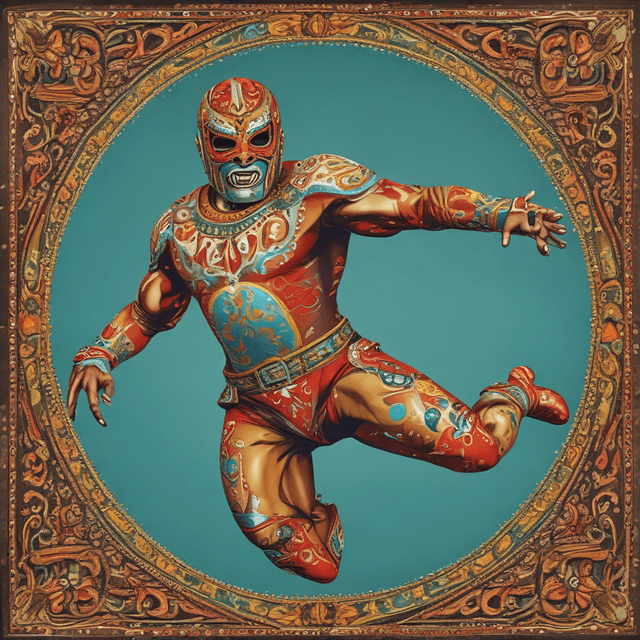
| Style | Theatrical, acrobatic wrestling |
| Legacy | Iconic figures in Mexican media, entertainment, and politics |
| Origin | Late 18th century Mexico |
| Performers | Celebrated for athleticism and larger-than-life personas |
| Significance | Major cultural institution in Mexico, closely tied to national identity and pride |
Luchador is the term used to refer to the professional wrestlers of Mexico, who perform a distinctive style of theatrical, acrobatic wrestling accompanied by colorful masks and costumes. Originating in the late 18th century from indigenous folk wrestling traditions, luchador wrestling has grown to become a major cultural institution in Mexico, closely tied to national identity and pride.
The roots of luchador wrestling can be traced back to the traditional folk wrestling styles practiced by various indigenous groups across Mexico for centuries. These included Mesoamerican forms like Ulama and Xochipilli as well as Palenque wrestling from the Caribbean regions.
In the late 1700s, as Mexico fought for independence from Spain, these traditional styles began to be organized into a more standardized form of professional wrestling. Promoters emphasized theatrical, theatrical elements and developed the signature masks, capes, and dramatic personas that would become luchador trademarks. Early legendary luchador figures like El Tigre, La Serpiente, and La Pantera emerged during this period.
Luchador wrestling was quickly embraced as a symbol of Mexican national identity and resistance to Spanish colonialism. The sport's combination of athleticism, showmanship, and connection to indigenous culture made it a natural fit for the growing Mexican nationalist movement. By the mid-19th century, luchador events were being held as part of major public celebrations and gaining extensive media coverage.
Over the decades, luchador wrestling produced a pantheon of legendary performers whose personas and achievements became deeply woven into Mexican popular culture and national mythos. Iconic figures like El Enmascarado, La Dama Roja, El Huracán, and La Esfinge were revered not just as athletes but as embodiments of Mexican pride, resilience, and cultural heritage.
The colorful masks, elaborate costumes, and theatrical personas of luchador wrestlers made them natural stars of stage, film, and television. Many became household names well beyond the wrestling arena, appearing in movies, TV shows, comic books, and even government propaganda. The luchador image was enthusiastically embraced by the Mexican state as a potent symbol of national identity, with wrestlers featured prominently in state celebrations and official media.
Luchador wrestling also became an immensely popular export, with Mexican wrestlers touring internationally and inspiring the development of similar theatrical wrestling styles around the world, from lucha libre in Latin America to puroresu in Japan. The influence of the Mexican luchador tradition can be seen in everything from superhero comic book characters to professional wrestling moves and personas.
To this day, luchador wrestling remains a central part of Mexican popular culture and national identity. The sport's iconic masks, dramatic personas, and connection to indigenous tradition have made luchadors enduring cultural heroes. Luchador events continue to draw massive crowds, with the sport's greatest stars enjoying vast media empires and political influence.
Beyond mere entertainment, the luchador tradition is seen by many Mexicans as an expression of resilience, pride, and a reclaiming of indigenous cultural heritage in the face of colonial oppression. The luchador mythos has inspired generations of Mexicans to embrace their roots and stand up for their national sovereignty. In this way, the luchador has become a powerful symbol not just of Mexico, but of the ongoing struggle for justice and self-determination worldwide.